Will This Trigger My Food Allergy?


Peanuts
They’re in lots of products, including baked goods and sauces. Always check the food label. Packages must say if they have peanuts. When you eat out, ask how the food is prepared and let servers know you’re allergic. You should also avoid tree nuts, like walnuts or almonds, if they bother you.

Dairy Foods
Milk is one of the most common food allergy triggers for kids. Most outgrow it. In the meantime, your baby may need hypoallergenic or soy formula. Look at the label on packaged foods. Even things like tuna can have milk protein in it. Sometimes it shows up as the ingredient casein.

Eggs
It’s not just a problem with omelettes. Eggs are in many foods, including noodles, mayonnaise, and baked goods. They can also be in some surprising places, like the foam topping on drinks or the egg wash on pretzels. They're used to make most flu vaccines, too, so check with your doctor before you get it.
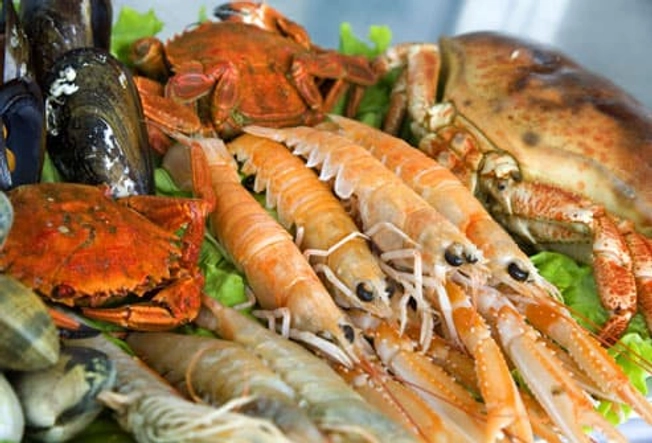
Shellfish
You can get a sudden seafood allergy as an adult. If you do, it’ll typically stick with you for life. Shrimp, crab, crawfish, and lobster can all cause serious reactions. Clams, mussels, scallops, escargot, octopuses, and squid can be triggers, too. If you’re allergic, avoid all shellfish.
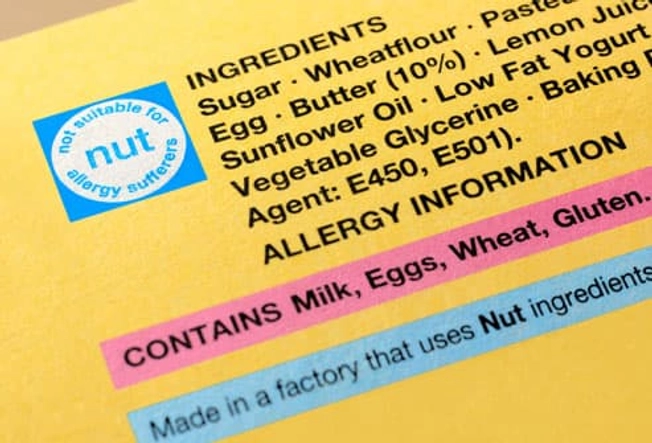
Tree Nuts
They can even be in lotions made from tree nut oils, like shea oil. Packaged foods must list them. But they're harder to avoid in restaurants and bakeries. If you’re allergic, watch out for walnuts, almonds, pecans, hazelnuts, cashews, pistachios, Brazil nuts, and pine nuts. Nutmeg, water chestnuts, sunflower seeds, and sesame seeds aren't nuts and should be OK.

Fish
Some people are allergic to fresh salmon, tuna, or halibut. If you’re allergic to one type of fish, you may react to others, too. Be careful of the fish sauce in Thai and Chinese food. The same goes for Caesar dressing and Worcestershire sauce, which often have anchovies in them.

Soy
Breads, cookies, canned soups, processed meats, and snack foods all can have soy in them. If you’re allergic, read food labels so you can steer clear. Also avoid the traditional soy foods: edamame, tofu, soy milk, miso, and soy sauce. Babies and children are more likely to have this allergy than adults.

Wheat
It's in a lot of things, from bread to beer, and salad dressing to deli meats. Why? Wheat proteins help some processed foods stick together and give them texture. If you’re allergic to wheat, other grains -- like barley, oats, rye, corn, and rice -- may be safe. But you may need to avoid bulgur, couscous, and farina. It's possible to have a wheat allergy but be OK to eat gluten.
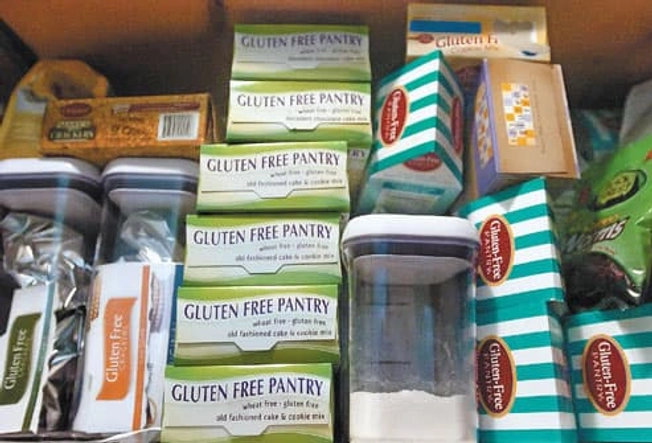
Gluten Sensitivity?
You can be sensitive to something but not allergic. Gluten is usually found in wheat, rye, and barley. If you’re allergic, your immune system reacts to any food that has it. And it can cause permanent damage to your intestines when you have Celiac disease. You may also find that gluten upsets your digestive system, without Celiac disease or an allergy. It doesn’t cause permanent damage, but you may want to avoid it.
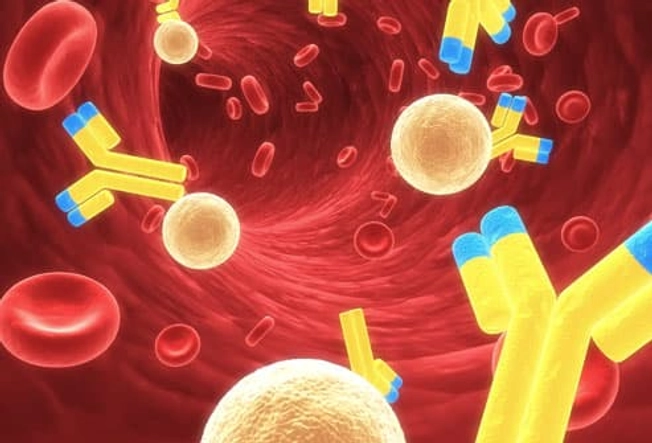
How a Food Allergy Starts
You eat or drink a trigger food and your immune system kicks into gear. You won’t notice any allergy symptoms like a rash or itching this first time, but your body will watch out for that item again. The next time you eat it, since your body thinks the food is bad, it’ll release the chemical histamine, which causes allergy symptoms such as rashes, itching, and swelling.
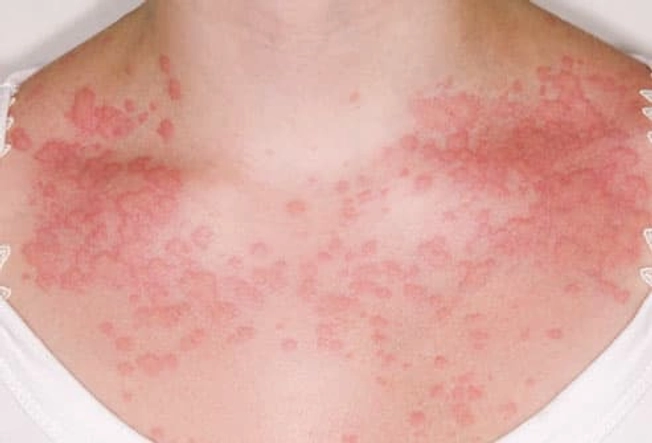
Know the Symptoms
If you eat something you’re allergic to, your symptoms will probably start pretty quickly. It could take just a few minutes to 2 hours. You could have:
- Hives or another skin rash
- Tingling or itching in your mouth
- Swelling of your face, tongue, or lips
- Coughing or wheezing
- Vomiting, diarrhea, or belly cramps
- Swelling of throat and vocal cords
- Trouble breathing

The Riskiest Reaction
Symptoms can sometimes be life-threatening. This is called anaphylaxis. When this happens, you may have trouble breathing and your blood pressure may drop. If you have food allergies, your doctor might prescribe epinephrine shots to always carry with you. If you have food allergies, your doctor might prescribe epinephrine shots to always carry with you. Call 911 and give yourself a shot at the first sign of symptoms. Children with a severe peanut allergy may also be prescribed the newly approved drug Palforzia to help lesson symptoms.

You Can't Always Predict It
One bite of seafood went down OK last time. Does that mean that much is fine for you? Not necessarily, if you're allergic. In general, the size of your allergic reaction you’ll have depends on how bad the allergy is and how much of the trigger food you eat. But reactions can surprise you. Yours could be more severe next time.
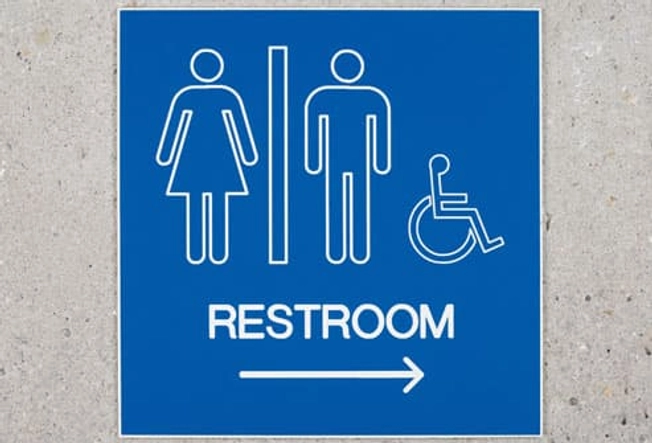
Intolerance or Allergy?
Even if you have trouble digesting something, like milk or gluten, it may not be an allergy. Your body may not handle that food well, and have bloating, cramps, and diarrhea. But if it doesn’t involve your immune system, it’s not an allergy. For instance, lactose intolerance happens when your body can’t break down lactose, the sugar in milk and dairy products.

What About Food Additives?
You can have a reaction to them without being allergic. MSG (monosodium glutamate) can cause flushing, warmth, headache, and chest discomfort. Sulfites, which are found in some dried fruits, wine, and other foods, can cause breathing problems for people with asthma. Food labels must list sulfites.
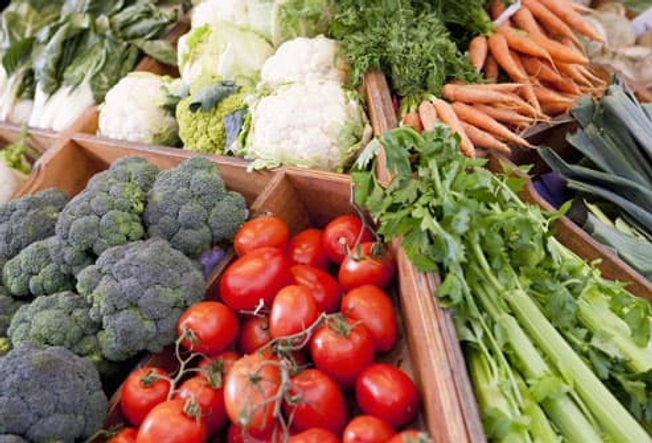
What Is Oral Allergy Syndrome?
Some people who have hay fever, especially triggered by birch or ragweed pollen, react to uncooked apples, cherries, kiwis, celery, tomatoes, and green peppers. They feel tingling, itching, or swelling of the lips, tongue, or throat. And they can get watery or itchy eyes, and a runny, sneezy nose.

When Exercise Triggers It
This problem happens only in some people when they eat something they’re allergic to right before they exercise. Their body temperature rises and the food can cause an allergic reaction, such as itching, hives, lightheadedness, or even anaphylaxis. The items most likely to trigger this type of allergy are shellfish, alcohol, tomatoes, cheese, and celery. Avoid your trigger foods for a couple of hours before you exercise.

Should You Try an Elimination Diet?
If you’re not sure what caused an allergic reaction, write down what you eat and how you feel. It can show possible triggers. Or ask your doctor about going on an elimination diet. On this plan, you stop eating one suspicious food at a time. This may help you figure out which food causes your allergy.
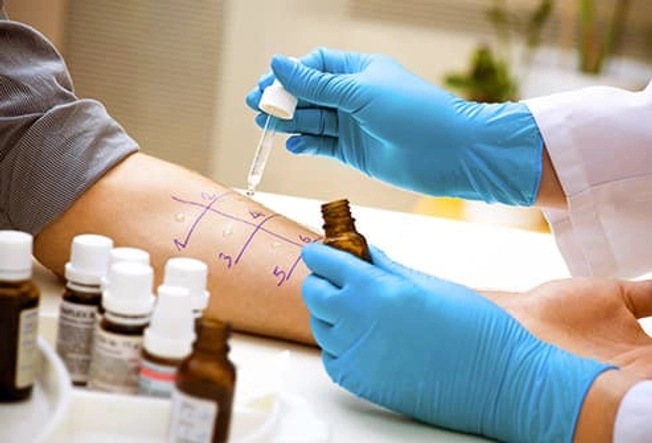
How to Tell for Sure
You may need tests to find out if you have a food allergy.
Skin prick test -- This is the most common one. An allergist puts a drop of liquid on your skin, then pricks the skin to allow it to soak in. No reaction means you’re not allergic.
Blood test -- Your doctor takes a sample of your blood to see if it reacts to certain triggers.
Supervised food challenge -- While a doctor watches, you eat foods to see if you react.

Will Your Child Outgrow It?
Kids are likely to outgrow allergies to milk, eggs, wheat, and soy. But children with peanut, tree nut, fish, and shellfish allergies usually have them for life. If you want to see whether your kid has outgrown their allergy, your doctor can do a blood test. Do not feed your child a possible trigger food on your own to check. Even a small amount could cause a life-threatening reaction.

Tips to Manage Your Food Allergy
You’ll need to avoid your trigger foods and read labels to check ingredients. Make a plan for what you need to do if you or your child accidentally eats something off-limits. At the first sign of anaphylaxis, (wheezing, trouble breathing, dizziness) call 911 and use an epinephrine shot. Give yourself another shot if your symptoms don’t get better. It’s wise to wear a medical ID bracelet, or carry something that says you have the allergy.